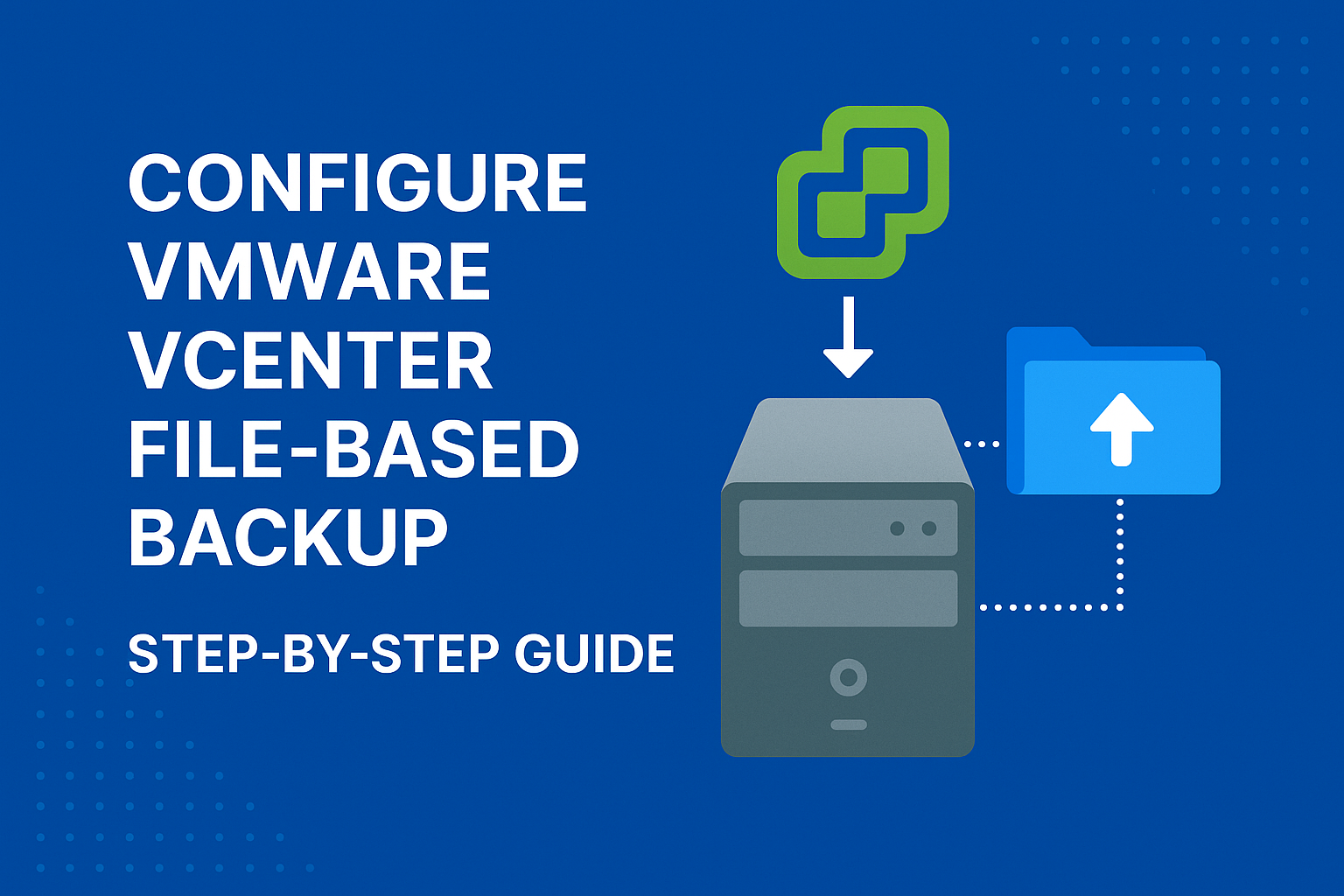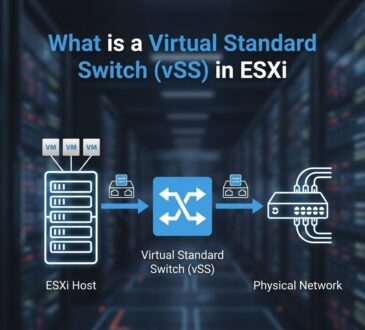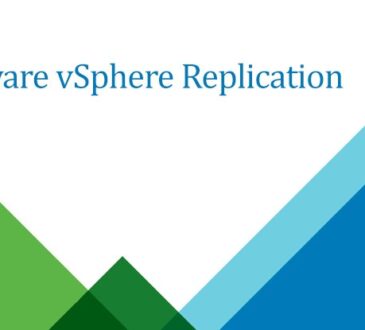How to Configure VMware vCenter File-Based Backup | Step-by-Step Guide (2025)

vCenter file-based backup is a critical part of VMware data protection strategy. With the rising need for vCenter Server Appliance (VCSA) backup, especially in production environments, using native tools to ensure business continuity is a best practice. In this guide, you’ll learn how to configure vCenter file-based backup, understand its prerequisites, scheduling options, and how to store backups securely.
What Is vCenter File-Based Backup?
File-based backup in vCenter Server allows administrators to back up the vCenter Server Appliance (VCSA) configuration, inventory, and database directly using built-in tools. It supports destinations like FTP, FTPS, HTTP, HTTPS, NFS, and SMB (CIFS).
It’s a reliable and agentless backup approach, making it ideal for protecting VMware vSphere environments without third-party tools.
Why You Need to Backup vCenter Server Appliance
The vCenter Server is the heart of your virtualization infrastructure. Without it, centralized management of hosts, clusters, and virtual machines becomes impossible.
Key reasons to back up vCenter:
- Disaster recovery readiness
- Safeguard configurations and inventory
- Simplify and shorten recovery time
- Protect against misconfigurations or failed upgrades
vCenter File-Based Backup Requirements
Before configuring vCenter backup, ensure the following:
- VMware vCenter Server Appliance 6.5 or later
- Root access to the VAMI (vCenter Appliance Management Interface) at
https://<FQDN>:5480 - Valid storage destination (FTP, FTPS, HTTP, HTTPS, NFS, SMB)
- Sufficient space at the backup destination
- Network access from VCSA to backup target
💡 Pro Tip: Ensure DNS resolution is configured correctly on the VCSA to avoid backup failures.
How to Configure VMware vCenter File-Based Backup (Step-by-Step)
🔧 Step 1: Access the vCenter Appliance Management Interface (VAMI)
- Open browser → Go to:
https://<vcenter-FQDN>:5480 - Login with root credentials
📂 Step 2: Navigate to Backup Section
- Click on Backup > then Configure
📥 Step 3: Enter Backup Details
- Protocol: Choose from FTP, FTPS, HTTPS, NFS, or SMB
- Location: Enter full path (e.g.,
ftp://192.168.1.10/vcenter-backup/) - Credentials: Enter remote user/password
- Encryption Password (optional): Add for secure backups
- Click Next
🕒 Step 4: Schedule Automatic Backups
- Set Schedule: Daily/Weekly
- Set Time and Retention Policy
- Click Finish
✅ Step 5: Backup Configuration Done
- You will now see the schedule in the Backup tab.
How to Verify vCenter Backup is Working
- Navigate to Backup History under the same Backup section.
- Check Status, Last Run, and File Size
- Log in to the remote backup location and verify backup files exist
vCenter Backup Best Practices
To maximize protection and restore reliability, follow these tips:
- 🗓️ Schedule Daily Backups
- 🔐 Use Encrypted Backups
- 📁 Use Redundant Backup Storage (e.g., NFS + SMB)
- 🌐 Test network connectivity periodically
- 📤 Rotate credentials regularly
- 📄 Document recovery steps for disaster recovery audits
Restore vCenter from File-Based Backup (Quick Overview)
To restore vCenter, you must use the vCenter Server ISO installer:
- Mount the ISO and run the installer
- Choose Restore option
- Provide backup location and credentials
- Complete the restore wizard
Troubleshooting Common Issues
| Issue | Solution |
|---|---|
Backup failed: Unable to connect to backup server | Check IP/DNS, firewall, and credentials |
Backup completes but no files present | Ensure write permissions at destination |
Scheduled backup not running | Recheck cron schedule or VAMI service status |
Backup file size = 0 | Check for database corruption or disk space issues |
Conclusion
A file-based backup of vCenter Server Appliance is the simplest and most efficient way to secure your vCenter configuration and database. By following this guide, you’ll ensure your virtualization environment is prepared for any outage or failure scenario. Whether you’re managing a small vSphere lab or a production-grade cluster, make vCenter backups part of your standard operating procedure.
- Design





